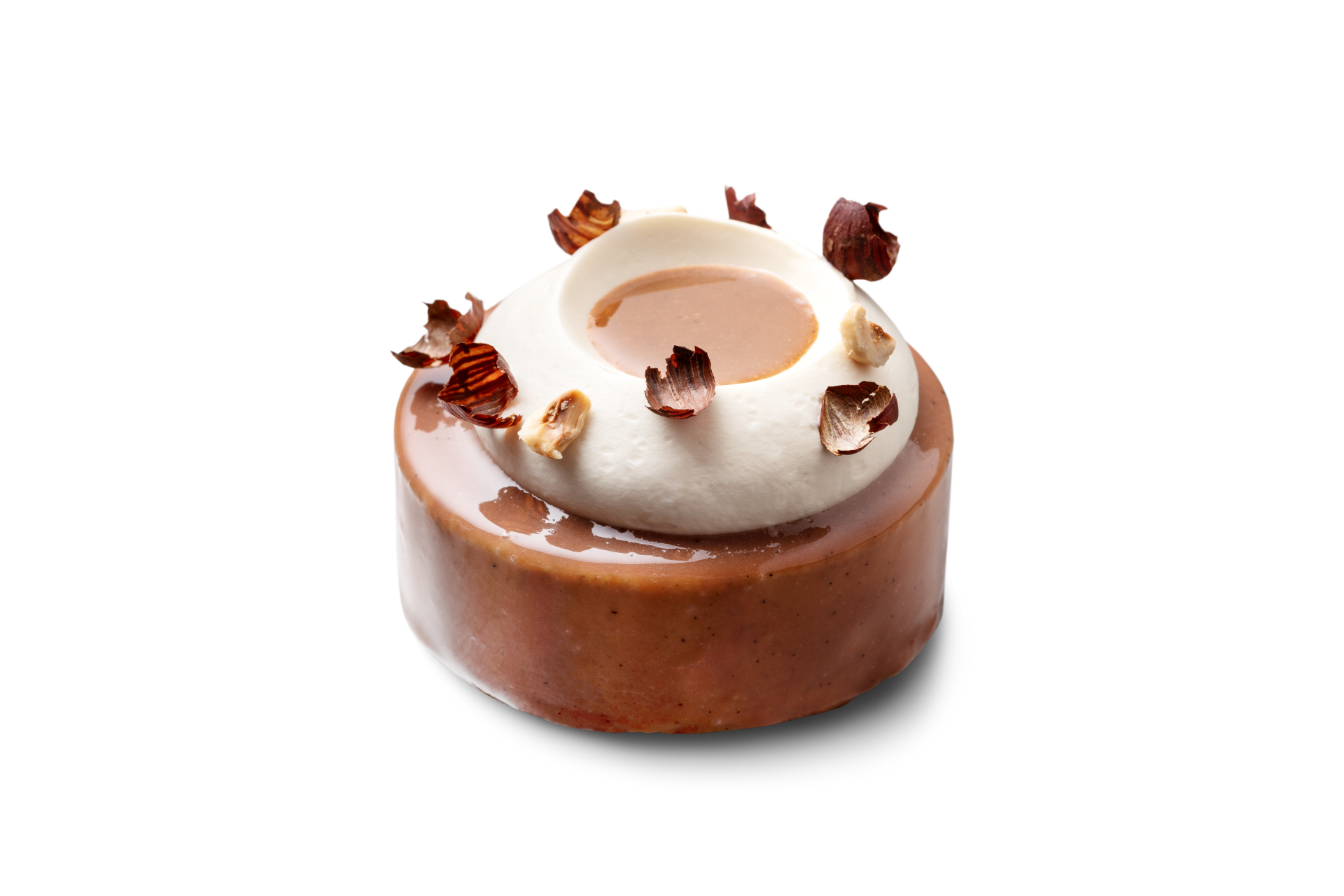Craft Techniques
Pastry chefs are textbook examples of precision, patience and creativity, essential qualities to craft perfection.

Pastry chefs, like other craftspeople such as sculptors or ceramists, are textbook examples of precision, patience and creativity. Indeed, these are essential qualities to have if they want to master their chosen craft to perfection.

Just as a potter transforms clay into the most beautiful vases or robust tableware, a pastry chef creates the most detailed figures with his delicate sculpting of chocolate. It requires patience and care. One moment of negligence and your creation is broken.

Royal icing piping is a technique where you apply a stiff, sweet glaze (royal icing) to pastries to create complex designs. This technique requires precision and a steady hand. Very similar to the manual work of someone embroidering and making fine stitches to eventually create beautiful patterns.

Weaving is an essential technique used in textile manufacturing. Pastry chefs also 'weave' regularly, but with dough. For example, to create a grid on an apple pie or flan. Thin strips of dough are used to create a decorative pattern on cakes or pastries. This process requires skilled weaving techniques, so that the end result looks attractive.

Both a blacksmith and a pastry chef use special tools to shape and transform their chosen materials. This requires an understanding of the properties of the materials you are working with. What metal is to a blacksmith, dough, sugar and butter are to a pastry chef. The process of caramelising is similar to that of a blacksmith's work. You heat sugar to make golden caramel by carefully controlling the heat and using perfect timing to achieve the desired colour and flavour. This is also how it works for a blacksmith who works with fire and metal to arrive at the most beautiful or desired shapes.

Pastry chefs use wafer-thin sheets of edible gold leaf, to apply very subtle gold decorations to chocolate, cakes or pastries. A trick that requires precision and creativity: just like the work of a jeweller, who decorates his creations with gold accents.

Just as a glassblower transforms molten material into desired shapes, a confectioner can use isomalt to create transparent or coloured sugar decorations. The sugar substitute is melted and poured red-hot into moulds to achieve the desired shapes. A delicate process! And that is no different for a glassblower.

Read our interview with Sylvain Belouin and Maxime Roullier - Young chefs form a colourful duo in the French Loire-Atlantique region.
Read more


